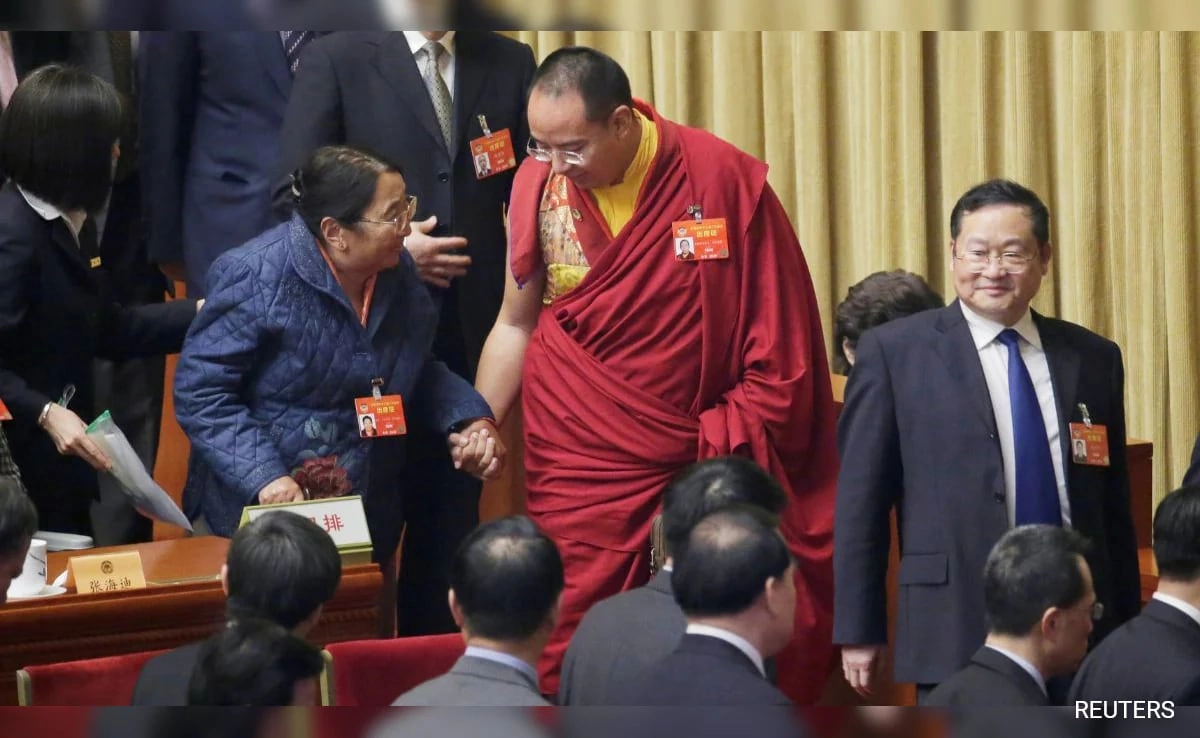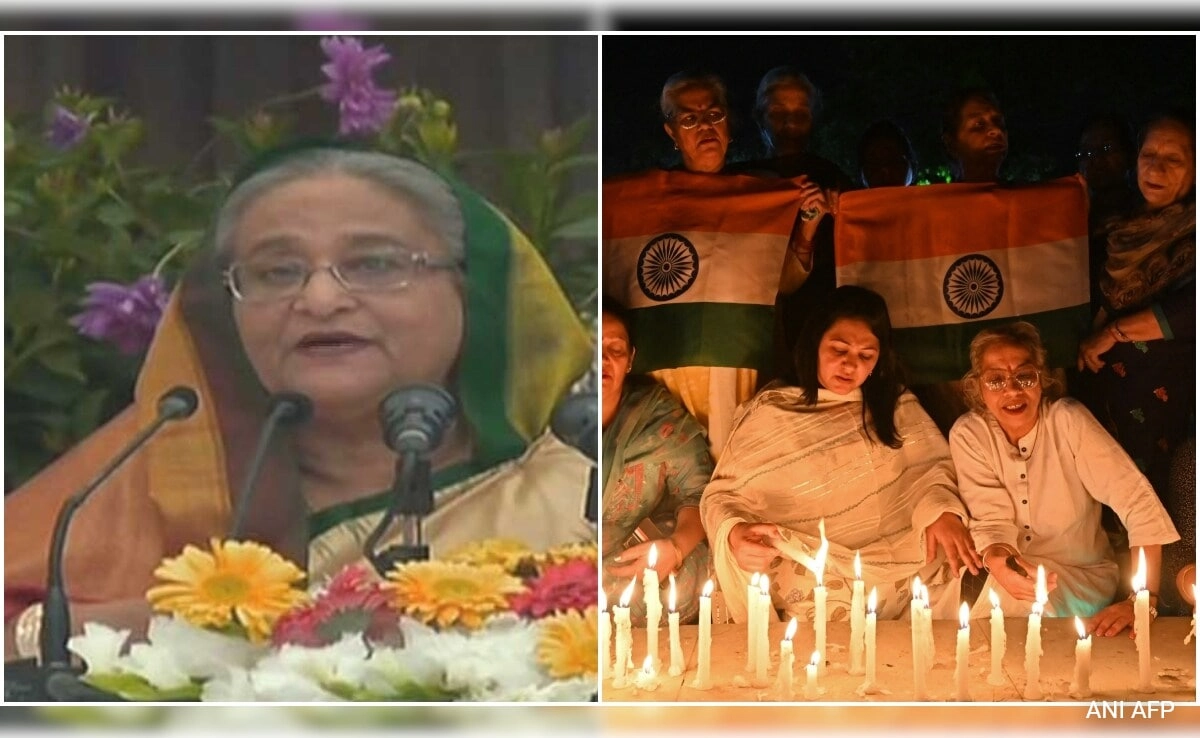The relationship between the Chinese government and Tibet, particularly in the context of the Panchen Lamas, is a complex and often contentious issue that highlights the broader struggle for cultural and religious autonomy in the region. The Panchen Lama, second in prominence only to the Dalai Lama within Tibetan Buddhism, plays a critical role in the spiritual leadership of the Tibetan people. However, the Chinese government’s involvement in the selection and recognition of the Panchen Lamas has led to significant conflict, particularly since the 1995 recognition of the current Panchen Lama, Gedhun Choekyi Nyima, by the Dalai Lama. Shortly after this recognition, the Chinese authorities detained the young lama, effectively sidelining him from his spiritual role and appointing their own candidate, which has resulted in an enduring dispute over the legitimacy of spiritual leadership in Tibet.
This clash reflects a larger pattern of China’s policies in Tibet, where the government seeks to assert control over religious practices and cultural expressions that it perceives as a challenge to its authority. The Chinese Communist Party has consistently viewed the Dalai Lama and the Tibetan independence movement as threats to national unity. As a result, the state has implemented strict regulations on religious practices, monitored monastic life, and promoted the Sinicization of Tibetan Buddhism. The existence of two Panchen Lamas—one recognized by the Dalai Lama and the other by the Chinese government—symbolizes the deep divisions within Tibetan society and the broader implications of Chinese governance in the region.
The situation has profound implications not only for Tibetan Buddhism but also for international relations, as the plight of the Panchen Lama and the Tibetan people has garnered global attention. Human rights organizations and various governments have called for the release of Gedhun Choekyi Nyima and advocated for the rights of Tibetans to practice their religion freely. The international community’s response to China’s handling of Tibetan affairs reflects a broader concern about human rights abuses and cultural suppression. This dynamic places pressure on China to balance its desire for sovereignty with the need to engage with global norms regarding religious freedom and cultural rights.
In conclusion, the ongoing struggle over the Panchen Lamas encapsulates the wider conflict between Tibetan aspirations for autonomy and China’s efforts to maintain control. The dual recognition of the Panchen Lamas serves as a microcosm of the tensions that characterize the relationship between Tibet and the Chinese state, as well as the challenges faced by the Tibetan people in preserving their identity and traditions. As the situation continues to evolve, the interplay between religious authority and state power will remain a critical factor in shaping the future of Tibet and its relationship with China.




